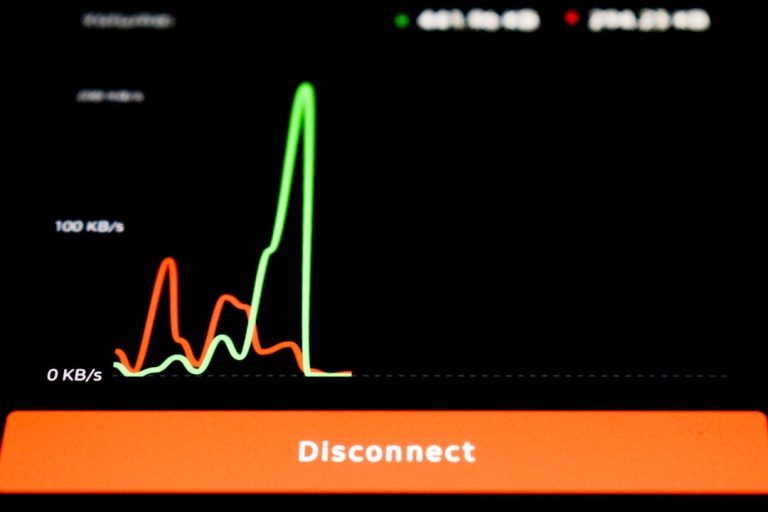In the ever-evolving digital landscape, businesses recognize that understanding what their competitors are doing is crucial to staying ahead. SEO companies specialize in conducting in-depth competitor analysis to help their clients outperform rivals in search engine rankings. But how exactly do these companies dissect and examine the strategies of competitors?
Understanding the Basics of Competitor SEO Analysis
Competitor SEO analysis involves evaluating the online presence and performance of businesses operating in the same niche or targeting the same audience. This process gives insights into what keywords competitors are ranking for, the structure of their website, their backlink profiles, and content strategies.
In niches like online retail, competitor analysis often extends into practices such as e-commerce link building, which is essential for gaining authority and boosting product visibility.
Key Steps SEO Companies Use to Analyze Competitor Strategies
-
1. Identifying Primary Competitors
SEO firms start by determining who the real online competitors are. These aren’t always the same as traditional business competitors. Tools like SEMrush and Ahrefs help identify websites competing for the same keywords, giving a clear picture of the digital battleground.
-
2. Keyword and Content Gap Analysis
One of the most critical tasks is discovering the keywords competitors rank for but the client does not. SEO agencies use tools to perform a keyword gap analysis that reveals high-performing, missing keywords. Additionally, auditing the competitor’s content types—blogs, landing pages, product descriptions—can inform future content planning.
-
3. Backlink Analysis
Backlinks are a significant ranking factor in SEO. Companies assess the backlink profile of competitors to understand where they are getting valuable links. This helps to uncover potential outreach opportunities and link-building strategies.

-
4. Technical SEO Audit
Beyond content and links, SEO companies scrutinize the technical health of a competitor’s website. This includes analyzing site speed, mobile-friendliness, indexing issues, and structured data. This level of analysis identifies areas where the client can gain a technical edge.
-
5. Social and Content Engagement
Even though social signals don’t directly impact SEO rankings, they provide clues about content effectiveness and user engagement. SEO experts monitor which competitor content performs well on social platforms for clues on trends and audience preferences.

-
6. On-Page SEO Comparison
Companies compare individual pages from competitor websites to those of their clients. They evaluate title tags, meta descriptions, header usage, keyword placement, and internal linking. These subtle yet powerful on-page elements can influence rankings significantly.
-
7. Local SEO and SERP Features
For businesses targeting specific regions, competitor analysis in local SEO is essential. This includes evaluating local business listings, reviews, Google My Business profiles, and visibility in map packs and other SERP features.
How This Analysis Shapes Strategy
The insights gained from competitor SEO analysis are used to build superior strategies that close performance gaps and maximize opportunities. For example, if a competitor is dominating in backlinks from a particular industry publication, the client’s strategy might include securing a presence there too.
SEO strategies become significantly more powerful with a grounded understanding of the competitive environment. It reduces guesswork and allows efforts to be focused where the ROI is highest.
Conclusion
Analyzing a competitor’s SEO strategy is both an art and a science. Skilled SEO companies use a variety of tools and techniques to uncover what’s working for others, providing their clients with an actionable roadmap to achieve similar or better results. With regular competitor analysis, businesses can not only keep up but surge ahead in the search engine rankings.
Frequently Asked Questions (FAQ)
- Q: Why is competitor SEO analysis important?
A: It helps uncover strengths and weaknesses in competitors’ strategies, allowing businesses to refine their own efforts and compete more effectively in the search results. - Q: What tools do SEO companies use for competitor analysis?
A: Common tools include SEMrush, Ahrefs, Moz, and Screaming Frog, among others. - Q: How often should competitor analysis be done?
A: Ideally, it should be a continuous process, but at a minimum, quarterly reviews are recommended to keep up with changes in the competitive landscape. - Q: Can small businesses benefit from competitor SEO analysis?
A: Absolutely. It levels the playing field by allowing smaller businesses to learn and adapt strategies used by larger competitors. - Q: Does analyzing competitors guarantee better rankings?
A: While it doesn’t guarantee success, it significantly increases the chance of improved rankings by adopting proven strategies and avoiding ineffective ones.




